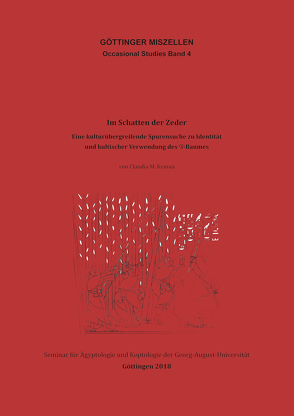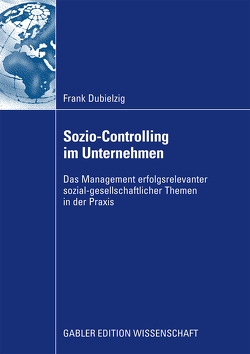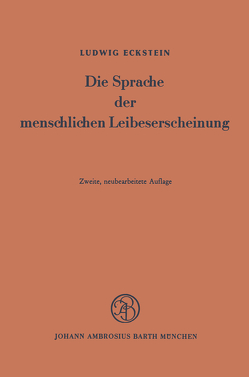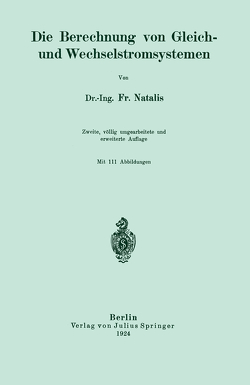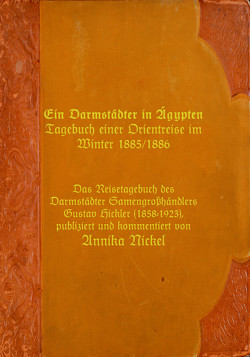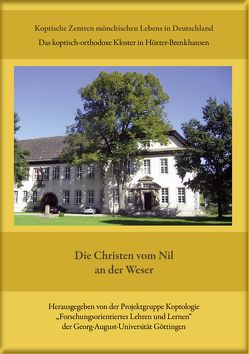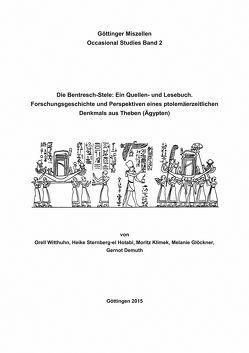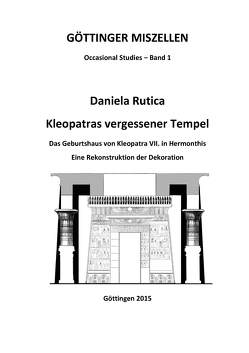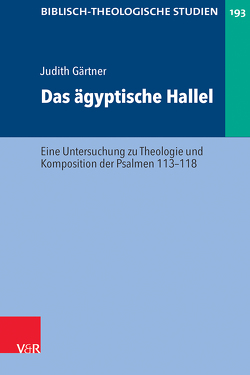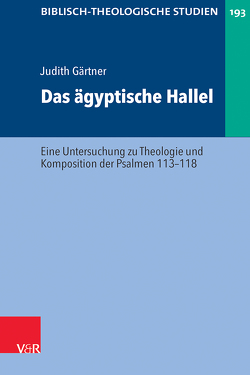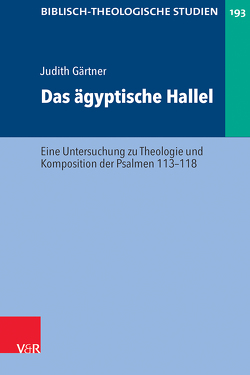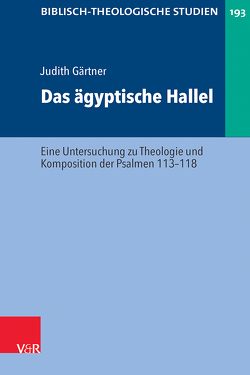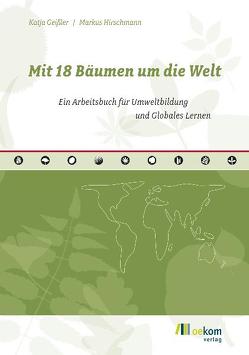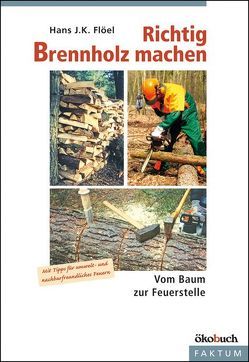Im Schatten der Zeder
Eine kulturübergreifende Spurensuche zu Identität und kultischer Verwendung des ʿš-Baumes
Claudia M. Kemna
Since the very beginning of Egyptology, the identity of the Egyptian ʿš-tree has been a much debated topic. The most widely accepted hypothesis has been that of a coniferous tree. On the basis of the information that the tree was used as a flagpole or in boat production and that it yielded a specific by-product, it has mostly been thought to be a pine (Pinus pinea and/or Pinus halepensis) or a fir (Abies cilicica), but identifications with the cedar (Cedrus libani) equally exist. According to these hypotheses the area of importation of ʿš-wood is supposed to have covered nearly the entire Eastern Mediterranean from Cilicia southwards via the coastal belt of Syria, Lebanon, and Palestine. The present study bases itself on the information given by the Egyptian images, which depict a strange-looking deciduous tree, and offers an alternative identification: Fraxinus spec. corresponds most closely to the description of height, colour, and use of the ʿš-tree. The main area of importation is identified as the Beka‘a Valley.
